Castelpetroso, The Sanctuary. Via Matris
2023
You may also like
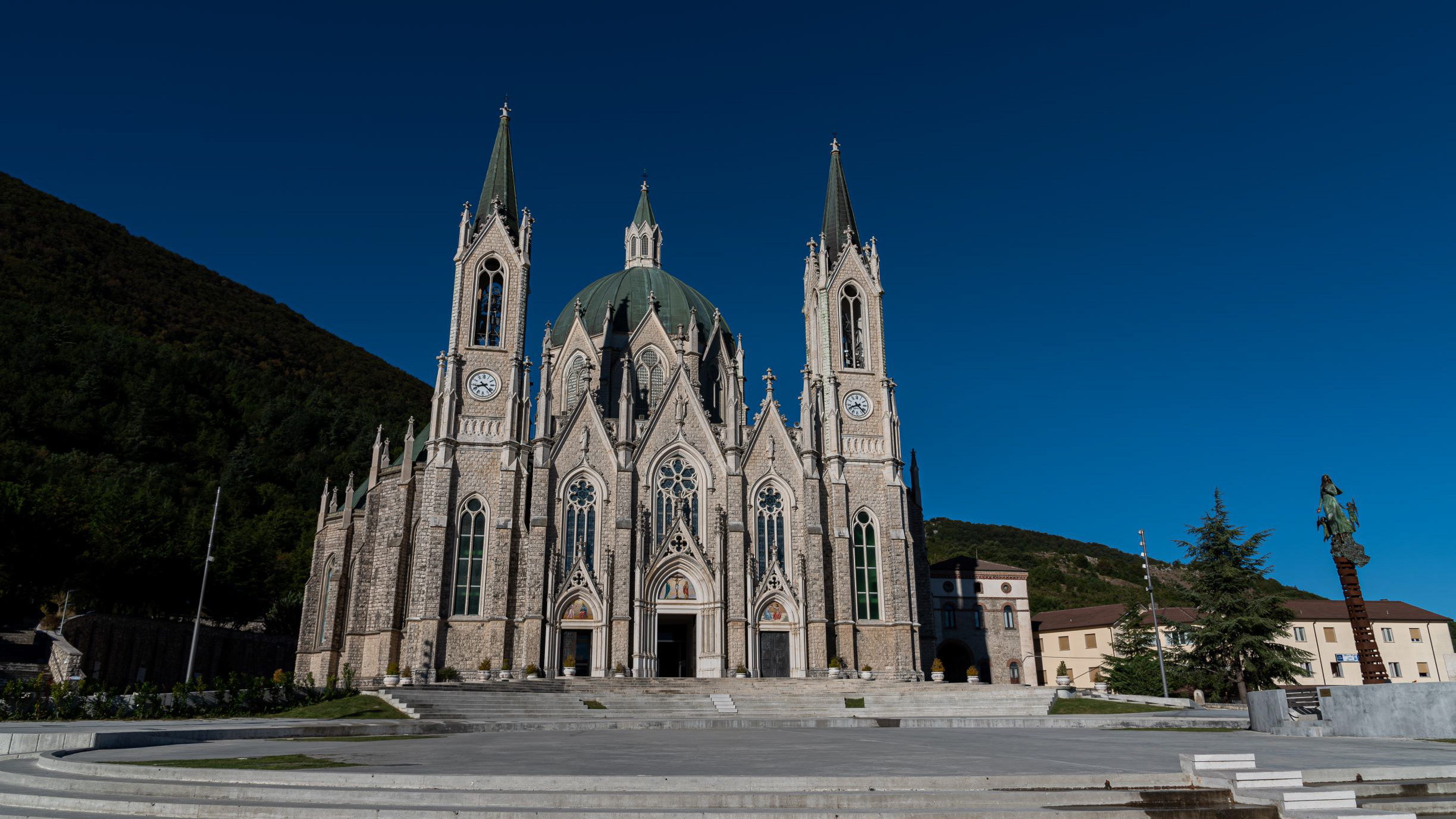
2020
Castelpetroso. The Sanctuary - 2020
Castelpetroso is home to the Shrine of Maria Santissima Sorrows, patron saint of Molise. According to the testimony of the visionaries, the Virgin Mary first appeared on March 22, 1888 to two shepherds named Serafina and Bibiana in Cesa between Saints, on the slopes of Mount Patalecchia. This first appearance was followed by others. This phenomenon was later recognized. The shrine, which began with the laying of the first stone on September 28, 1890 and completed in 1975, is made in the neo-Gothic style; seen from above is composed of seven chapels depicting the seven sorrows of Our Lady, in the center of which there is the dome 54 meters high. The shrine and the place of apparitions are connected to each other by the Via Matris, 750 meters long, where precisely remember the seven Marian sorrows.
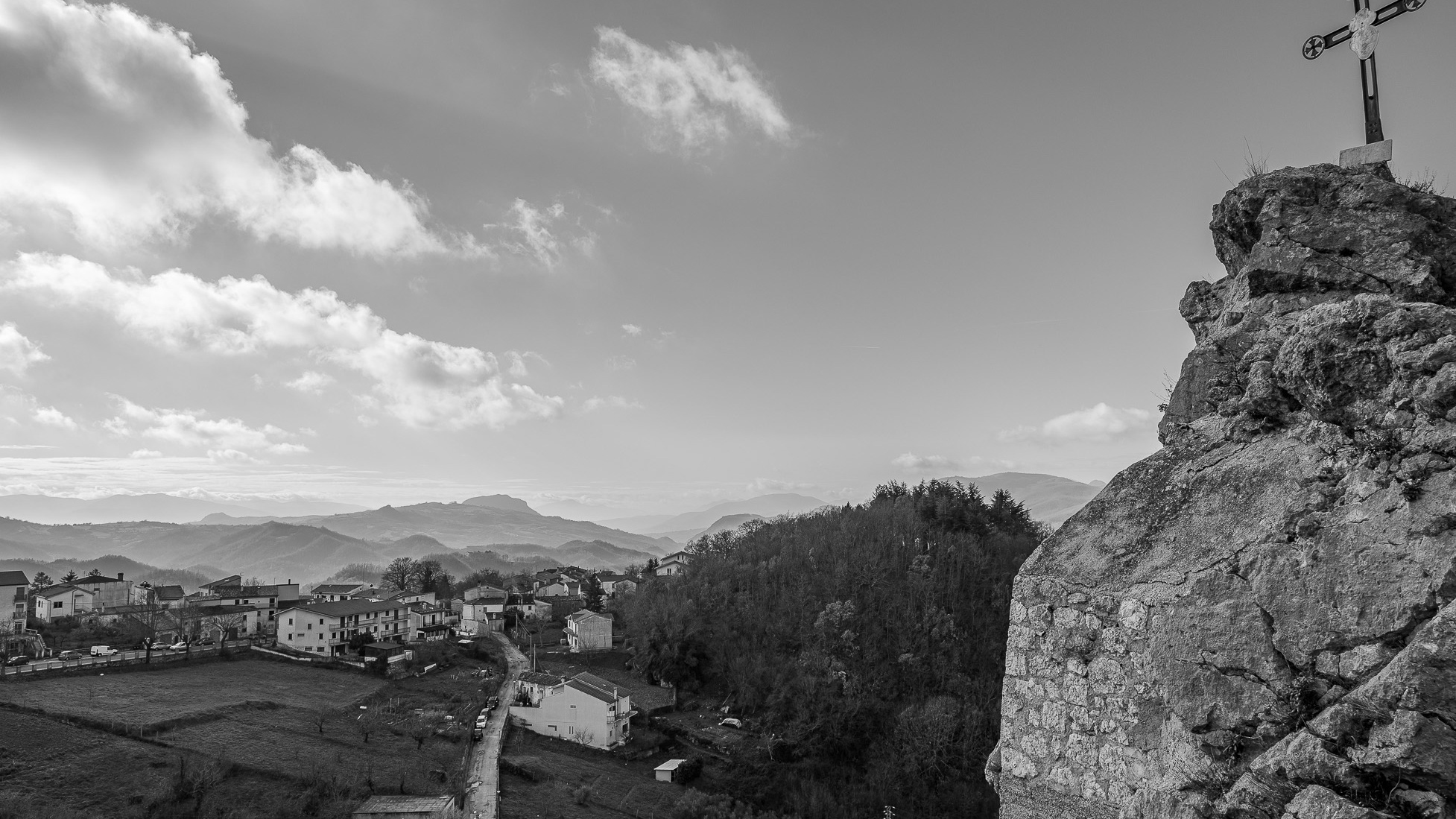
2023
Roccasicura.
Roccasicura (La Ròcca in Molise) is an Italian town of 484 inhabitants in the province of Isernia in Molise
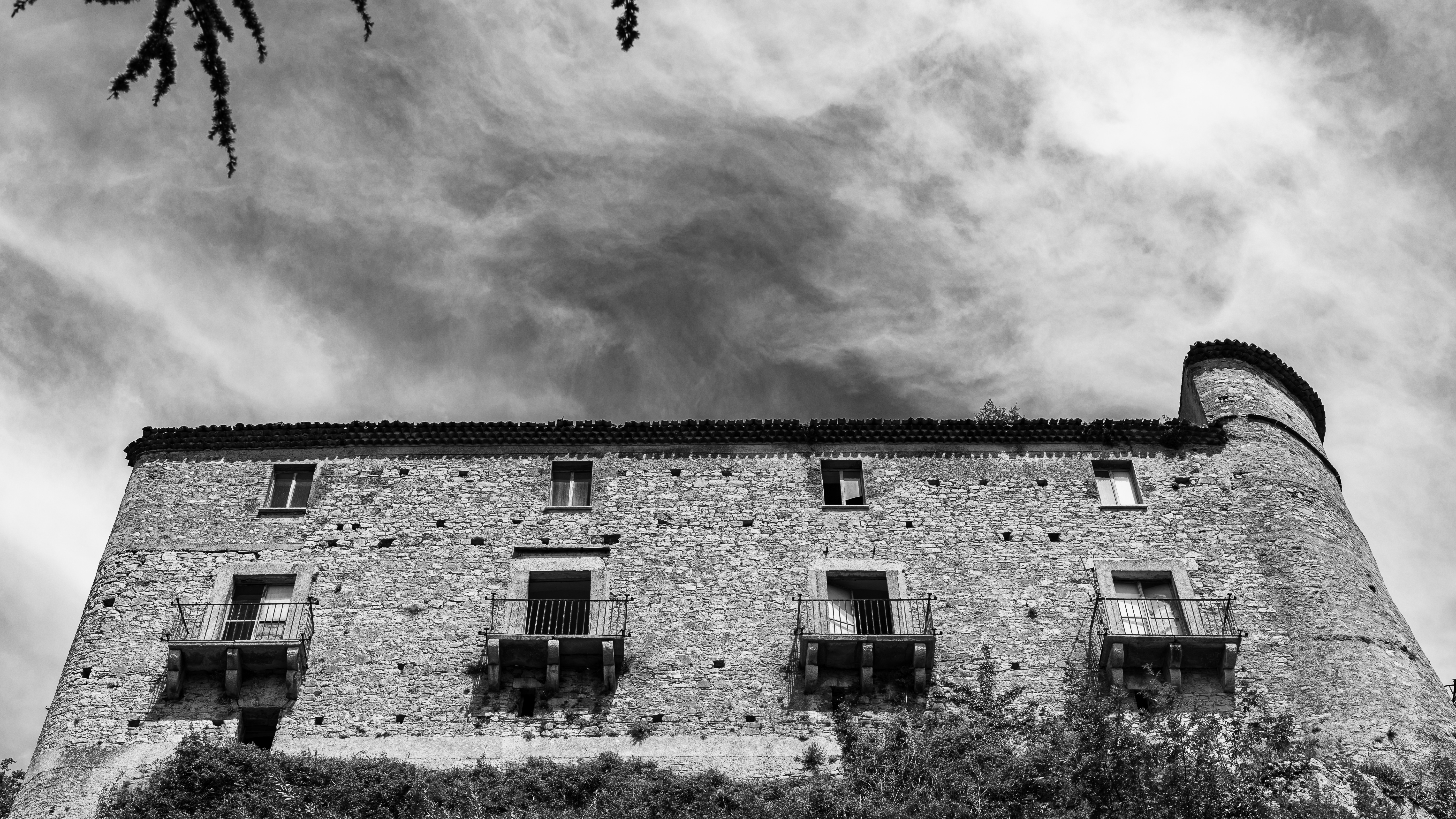
2020
Carpinone. Il Castello
The Castle of Carpinone was probably built in the Norman period and from the time of its construction until the end of the thirteenth century the building was repeatedly enlarged and equipped with greater fortifications to become one of the strongholds of Tommaso da Celano. In 1223, on the basis of an edict issued by Frederick II of Swabia, the castle was destroyed by Ruggiero di Pescolanciano. It was then rebuilt during the 14th century by the d'Evoli family and during the 15th century it returned to its former glory thanks to the commitment of Giacomo Caldora. The last family that bought the fiefdom, that of the de Riso, maintained it until the abolition of feudalism, in 1806. In 1954 the notary Valente, one of the last owners, had the entire main floor and the second floor rebuilt, adapting them to new housing needs. Currently the castle is presented, with its three surviving towers, in a state of evident majesty.
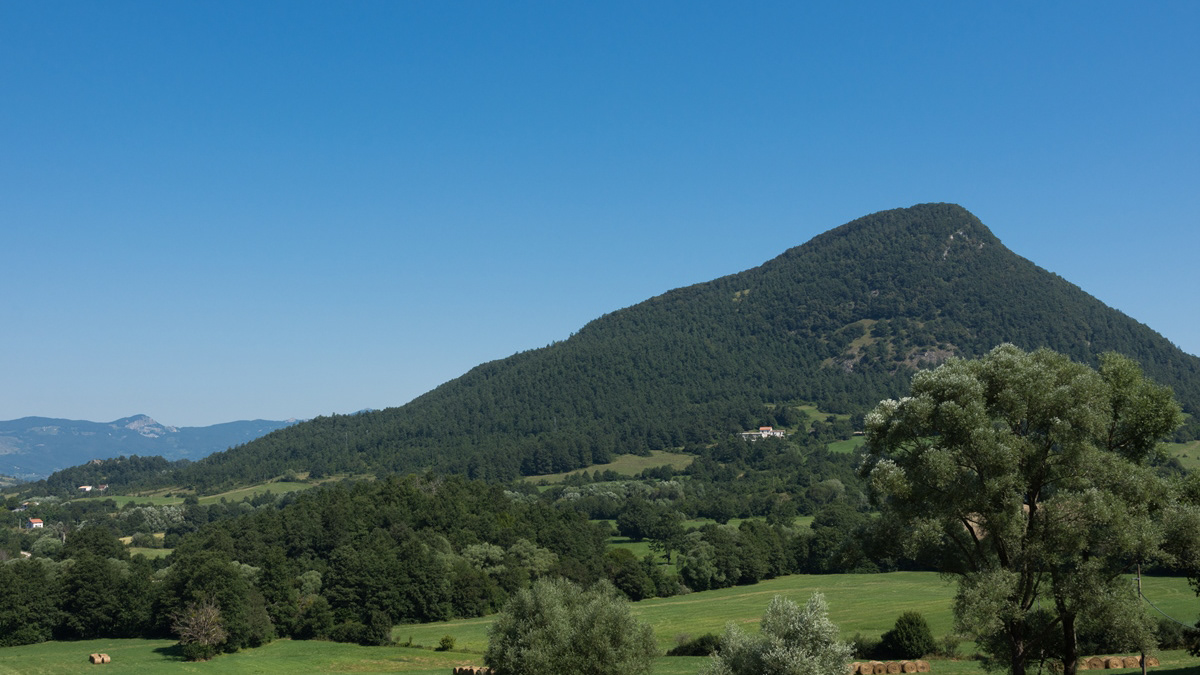
2018
Panorami
2025
The Guardialfiera or Liscione lake
2022
Rocchetta a Volturno. Winter 2022
Rocchetta a Volturno is an Italian town of 1 098 inhabitants in the province of Isernia in Molise. The Municipality of Rocchetta al Volturno is made up of two nuclei: the original village, called Rocchetta Alta, or Rocchetta Vecchia, still perched in a defensive position on the mountain, and Rocchetta Nuova, which is located at a lower altitude. The new Rocchetta was born because, at the end of the 19th century, the slope that connected the southern part of the ancient town with the opposite hill was deforested and the land began to show serious subsidence from 1890 due to the progressive sliding of the superimposed layers of clay and sandstone, increased by water infiltrations, both rain and spring. In 1905, following further disastrous events, the population moved for the most part downstream, where there was a hamlet called Case Sparse. The modern town is developed today in the center of a plateau, bordered to the west by the terminal part of the Mainarde chain and to the east by a depression, at the bottom of which the Volturno flows; about two kilometers away are the sources of the river. Its name characterizes the toponyms of other nearby municipalities such as Colli a Volturno and Cerro al Volturno.

2025
Frosolone. Church of San Michele Arcangelo
2022
Molise, winter 2022
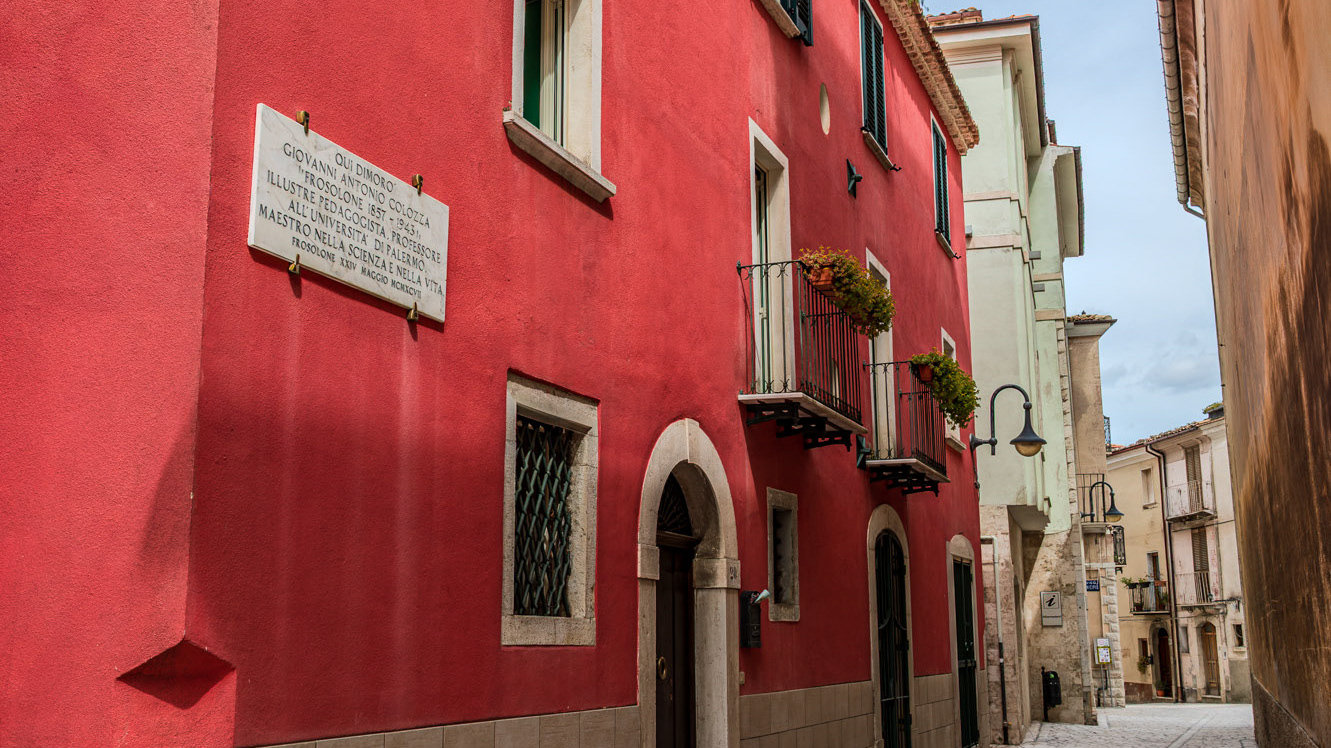
2025
Frosolone. Glimpses of the historic center
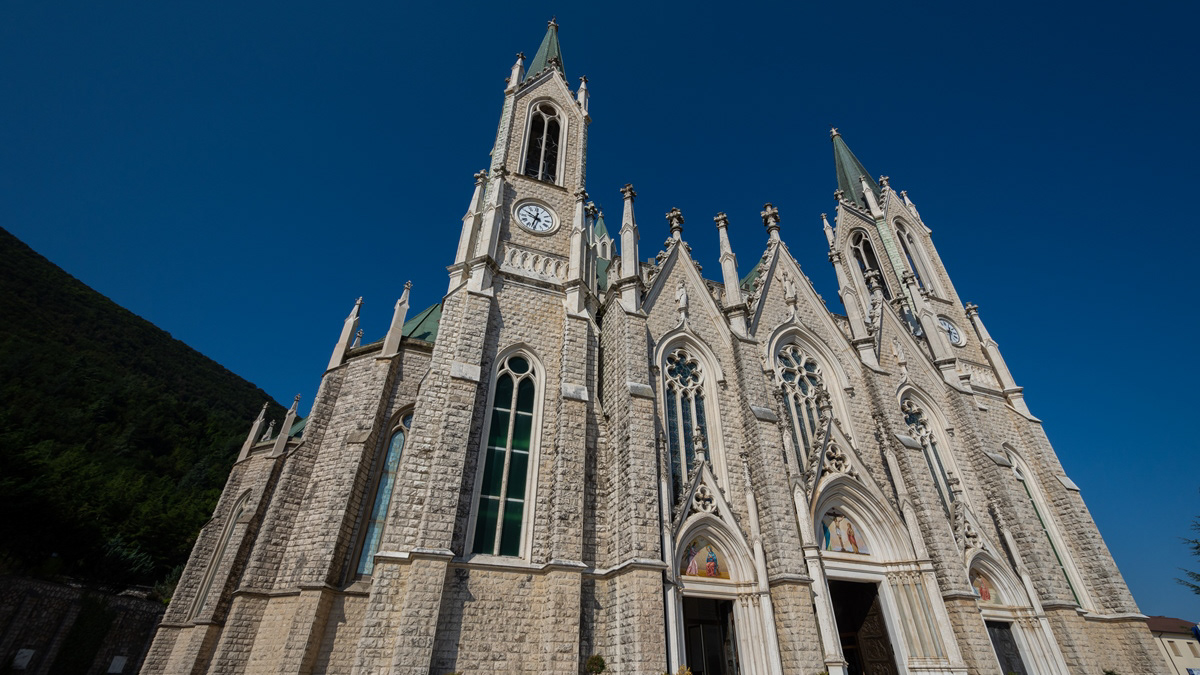
2018
Molise-Castelpetroso (IS) Basilica di M. S. Addolorata
Secondo la testimonianza delle veggenti, la Vergine Maria apparve la prima volta il 22 marzo 1888 a due pastorelle di nome Serafina e Bibiana in località Cesa tra Santi, sulle pendici del Monte Patalecchia. A questa prima apparizione ne seguirono altre e, in seguito al riconoscimento di tale fenomeno, papa Paolo VI ha proclamato Maria Santissima Addolorata di Castelpetroso patrona del Molise il 6 dicembre 1973. Negli anni novanta del XIX secolo, si decise di costruire un santuario presso il luogo delle apparizioni, ma più a valle rispetto a questo, affinché fosse più facilmente raggiungibile dai pellegrini. Il progetto venne affidato a Giuseppe Gualandi, alla cui morte (1944) subentrò il figlio Francesco. Il 28 settembre 1890 venne posata la prima pietra e si diede inizio alla costruzione del santuario. Essa procedette a rilento a causa di problemi economici e delle due guerre mondiali: nel 1907 fu terminata e aperta al culto la cappella dei Polacchi, ma le mura perimetrali della chiesa furono portate a compimento solo nel 1950[2], grazie alle sovvenzioni di don Nicolino Passarelli, canonico teologo della cattedrale di Venafro, avvocato della Sacra Rota e professore. Nei decenni successivi si completò il santuario che venne consacrato il 21 settembre 1975 dal vescovo di Boiano-Campobasso Alberto Carinci.
